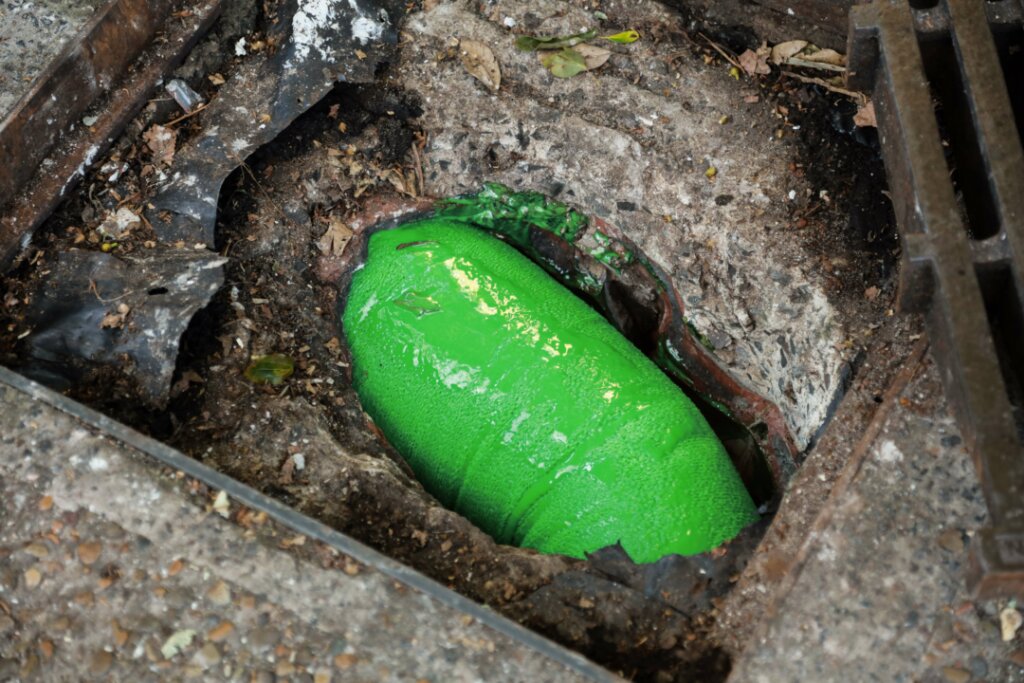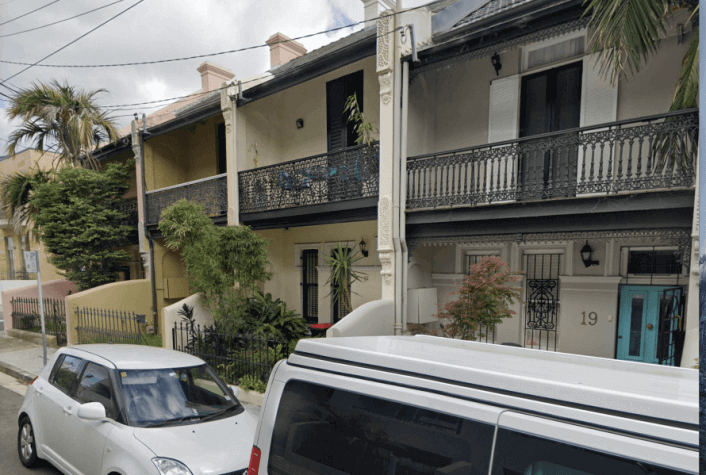If you’ve ever had to fix your underground pipes, you’ll know of the disruption it can cause to your backyard, garden beds, or driveway, not to mention your home’s plumbing. That’s before considering the cost involved, from the price of the materials to the labour needed to dig the trenches.
But did you know that this is no longer your only option?
Pipe relining has been around for several decades, but it has gained popularity in recent years due to advancements in materials and techniques. Alternatively, while pipe bursting is a form of pipe replacement, it also offers a no-dig solution that could save you time, money, and hassle.
But which method is right for your situation? While both techniques restore damaged pipes with minimal disruption, they serve different purposes, and it’s essential to know which one best fits your needs.
Understanding Trenchless Repair Methods
Trenchless pipe repair methods are a modern solution for fixing damaged or ageing pipelines without the need for excavation. By minimising surface and gas line disturbance, both pipe relining and pipe bursting save time and reduce costs while extending the lifespan of underground piping.
What is Pipe Bursting?
Pipe bursting is a trenchless method used to replace old or damaged pipes by inserting a bursting head into the existing pipe, then expanding and breaking it apart while pulling a new, durable high-density polyethylene (HDPE) pipe into place.
Benefits of Pipe Bursting:
- Completely replaces the old pipe with a new, stronger material
- Increases pipe diameter if needed
- Minimal disruption to your property
Ideal Scenarios for Pipe Bursting:
- Severely damaged or old, collapsed pipes
- When upsizing pipe capacity is necessary
- Areas where excavation is difficult and/or too costly
What is Pipe Relining?
Pipe relining is a trenchless repair method that reinforces the existing pipe by inserting and curing a resin-coated liner. This then hardens, creating a seamless new pipe inside the old one. This method repairs damage without removing the original pipe or digging up your property.

Benefits of Pipe Relining:
- Strengthens and extends the life of existing pipes
- Minimal disruption to landscaping and structures
- Prevents leaks and root intrusion with a seamless liner
Ideal Scenarios for Pipe Relining:
- Pipes with minor cracks, leaks, or tree root intrusion
- When maintaining the existing pipe structure is preferable
- Situations where a full replacement isn’t necessary
Key Differences Between Pipe Bursting and Pipe Relining
The main difference between the two methods is the process. Pipe bursting involves breaking apart the existing pipe while simultaneously pulling a new one into place while pipe relining inserts a resin that hardens into a pipe within your pipe. As a result, pipe bursting is used for extensive damage that’s beyond repair and replacement is necessary. Conversely, pipe relining is ideal for smaller cracks, leaks and tree root intrusion.
In terms of cost comparisons, pipe bursting is generally more expensive due to specialised equipment, labour and the fact you are replacing the entire pipe. Therefore, pipe relining is often a more cost-effective option if you’re just dealing with more moderate damage.
Something to also consider is that relining may slightly reduce the pipe’s diameter, so if pipe capacity is already an issue for your household, you may want to consider a full replacement.
Finally, both methods are environmentally friendly as they minimise excavation. However, pipe bursting generates more debris due to pipe fragmentation. Choosing the right method depends on the condition of the existing pipes and the extent of the damage. Your trusted plumber experienced in pipe relining can advise you on this.
Pros and Cons of Pipe Bursting vs Pipe Relining
Both pipe bursting and pipe relining offer effective trenchless solutions, but each has its advantages and limitations.

Choosing the Right Method for Your Existing Pipe
Choosing which trenchless pipe repair technique best suits your situation depends on the extent of your damage. Assuming you cannot tell how bad your pipe damage is because they are buried underground, the best thing you can do is have a professional assessment by a qualified plumber. This involves a pipe inspection with specialised equipment, including a CCTV camera inserted into your pipes to assess the extent of the damage. Your plumber can then advise on the best way forward.
Factors Affecting the Decision
There are other factors that your plumber will take into consideration. These include overall pipe condition, pipe material, and repair length. As a result, consulting a plumber should be your first step to finding the best solution.
Case Study
Sewer Pipe Line Restoration – Underwood St, Paddington
Project Overview
In Paddington, a row of terrace homes shared a single sewer line leading to the Sydney Water Main. Over time, the aging pipeline developed defects, allowing tree roots to infiltrate and cause persistent blockages.

The Problem
Tree roots had penetrated the defective pipe joints along the entire length of the shared sewer line, leading to frequent blockages and drainage issues.
The Solution
Using a pipe lining method for sewer pipes, we installed a 30-metre continuous liner from the furthest property down to the boundary trap, effectively sealing the pipe. Once cured, we used robotic cutting technology to reinstate all branch line junctions, ensuring seamless pipe reconnection and long-term durability.
Which Trenchless Technology is Right for You?
We hope we’ve provided you with a better idea of the pipe relining and bursting process. Which is right for you depends on the pipe condition and your individual circumstances. For expert guidance on the best trenchless solution for your property, The Relining Company offers professional assessments and tailored recommendations.
Contact our team today for a consultation or a quote and ensure your pipes are repaired with the most effective, long-lasting method.
Frequently Asked Questions
What is the difference between pipe bursting and relining?
Pipe bursting replaces the existing damaged pipe by breaking it and pulling in a new cured-in-place pipe while relining creates a new flexible liner pipe within the existing one without removal.
What are the disadvantages of trenchless pipe lining?
Trenchless pipe lining may slightly reduce pipe diameter and isn’t suitable for repairing pipes that are severely collapsed.
Is it better to reline or replace pipes?
Relining is ideal for minor to moderate damage with minimal disruption to existing pipelines while having a pipe installed is better for severely damaged pipes.
Back to Top